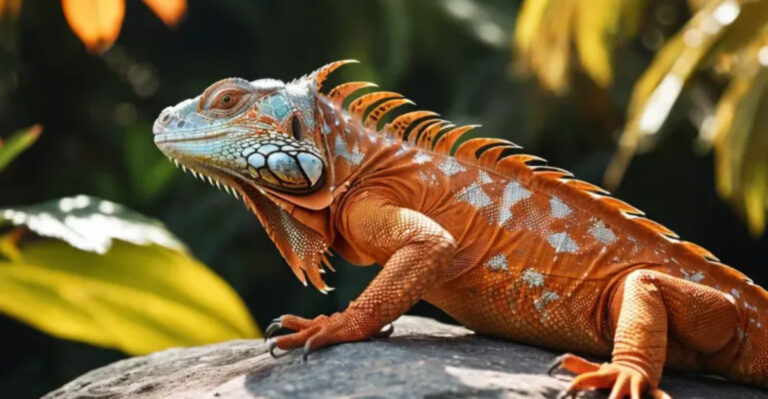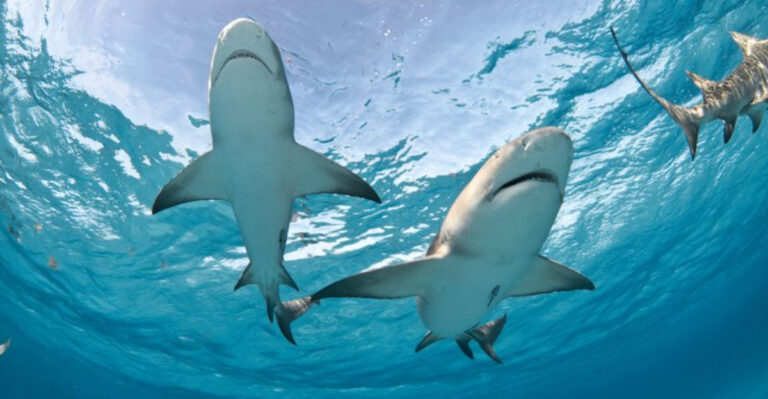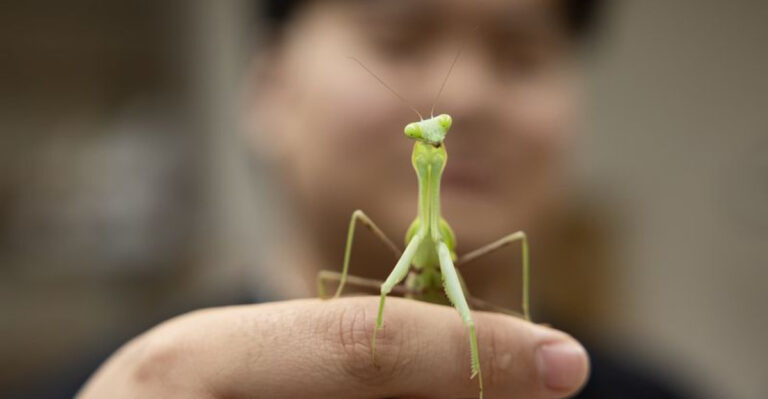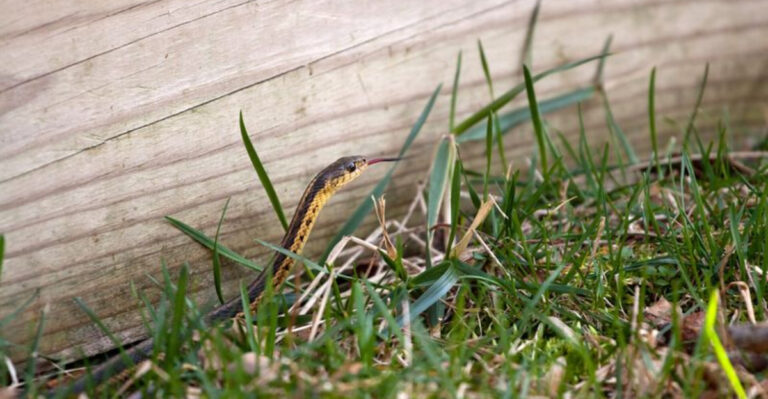From Furry To Feathery: These Are The 14 Strangest Pollinators In Nature
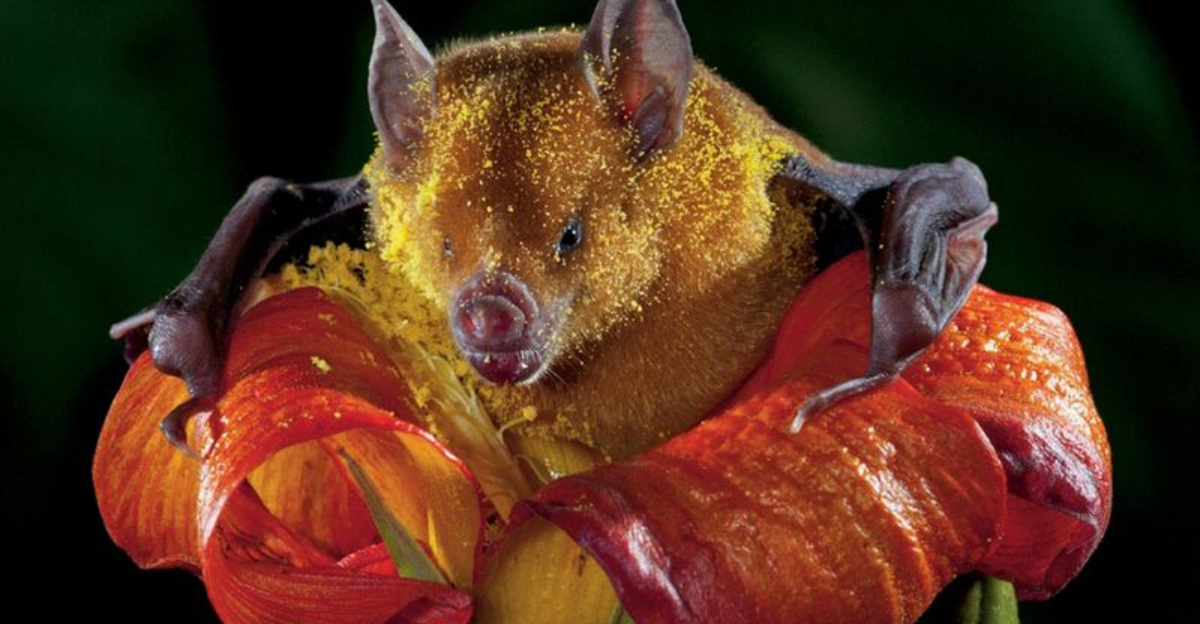
When we think about pollination, bees and butterflies usually come to mind first. But Mother Nature has recruited some truly unexpected helpers in the vital task of plant reproduction.
From mammals with sticky fur to reptiles with scaled bodies, the world of pollination extends far beyond the familiar buzzing insects in your garden.
1. Honey Possums With Sweet Obsessions

Tiny Australian marsupials with a powerful sweet tooth, honey possums use their long snouts and brush-like tongues to lap up nectar from flowers. Their fur becomes coated with pollen as they feed.
Unlike their name suggests, they don’t eat honey at all! Instead, these mouse-sized creatures survive exclusively on nectar and pollen, making them completely dependent on flowering plants.
2. Lemurs With Pollen-Covered Snouts

Madagascar’s black and white ruffed lemurs serve as primary pollinators for the traveler’s tree. With their long snouts and tongues, they reach deep into blossoms for nectar, emerging with faces dusted in pollen.
Scientists believe this relationship evolved over millions of years in isolation. The flowers even produce nectar with extra protein specifically to attract these furry primates!
3. Geckos That Glow Under Ultraviolet Light
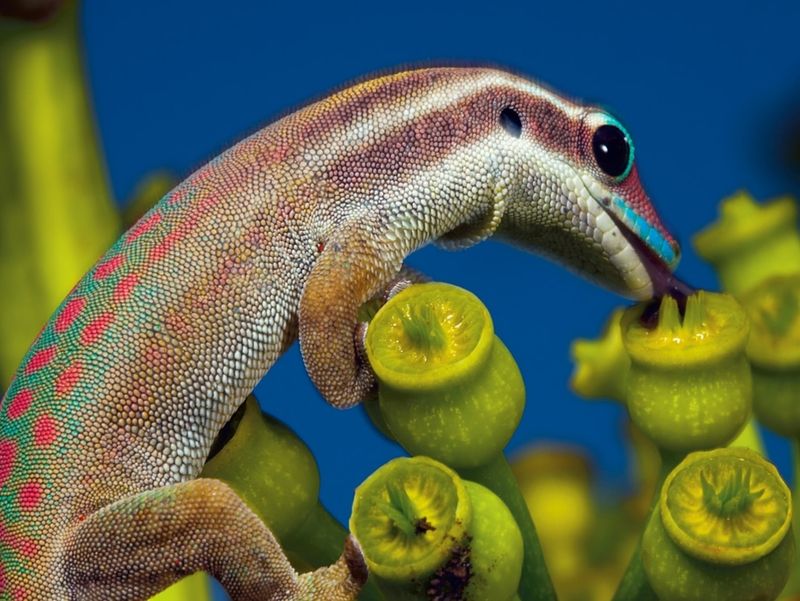
Certain day geckos in Madagascar visit flowers for sweet nectar treats. Their bellies and faces get covered in fluorescent pollen that actually glows under ultraviolet light!
These colorful reptiles have special adaptations like sticky toe pads that help them climb plants easily. Their quick darting tongues can lap up nectar without damaging delicate flower parts, making them surprisingly effective pollinators.
4. Hummingbird Moths Mistaken For Birds

Often confused for actual hummingbirds, these fascinating moths hover in front of flowers while drinking nectar through their long proboscis. Their rapid wing beats create the same humming sound as their bird namesakes.
Unlike most moths that fly at night, hummingbird moths are diurnal, actively pollinating during daylight hours. Their fuzzy bodies collect pollen grains as they zip between blooms at impressive speeds.
5. Slugs And Snails With Sticky Situations

Garden nemesis by day, pollination heroes by night! Some plants like wild ginger rely on slugs and snails that crawl over their ground-level flowers, collecting pollen on their slimy bodies.
These gastropods are attracted to the earthy scents of certain flowers. While they move slowly compared to insect pollinators, their methodical pace ensures thorough contact with both male and female flower parts.
6. Fruit Bats With Nectar-Soaked Fur

Flying foxes and other fruit bats are crucial pollinators for many tropical plants. Their fur becomes coated with pollen as they stick their faces into large flowers for sweet nectar rewards.
Some flowers have evolved to open only at night specifically to attract these nocturnal mammals. The plants produce strong scents and large amounts of nectar, while the bats’ keen sense of smell guides them through darkness to find these floral feasts.
7. Carrion Flies Fooled By Stinky Blooms

Some flowers like the corpse lily emit foul odors resembling rotting meat to attract carrion flies. These insects normally lay eggs on decaying animals but get tricked into visiting these stinky flowers instead.
The blooms often feature red, purple, or brown colors that mimic flesh tones. Some even generate heat to enhance the illusion of decomposition! As flies investigate the deceptive flowers, they inadvertently transfer pollen between plants.
8. Cockroaches With Important Flower Jobs
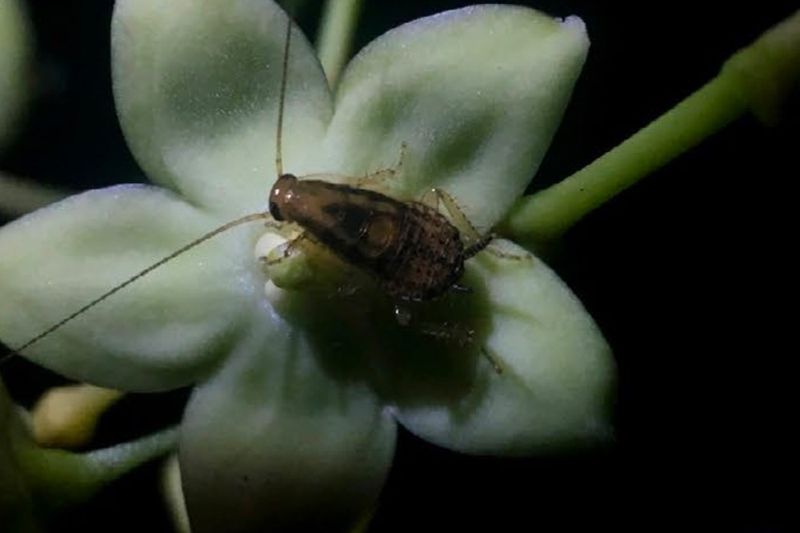
While most people consider cockroaches household pests, some tropical species are actually valuable pollinators. In particular, certain rainforest plants rely on these insects to transfer pollen between flowers.
Unlike their urban cousins, forest cockroaches are often colorful and active during daylight hours. They’re attracted to sweet floral scents and move between blooms collecting nectar, with pollen grains hitching rides on their bodies.
9. Lizards Lounging Among The Petals
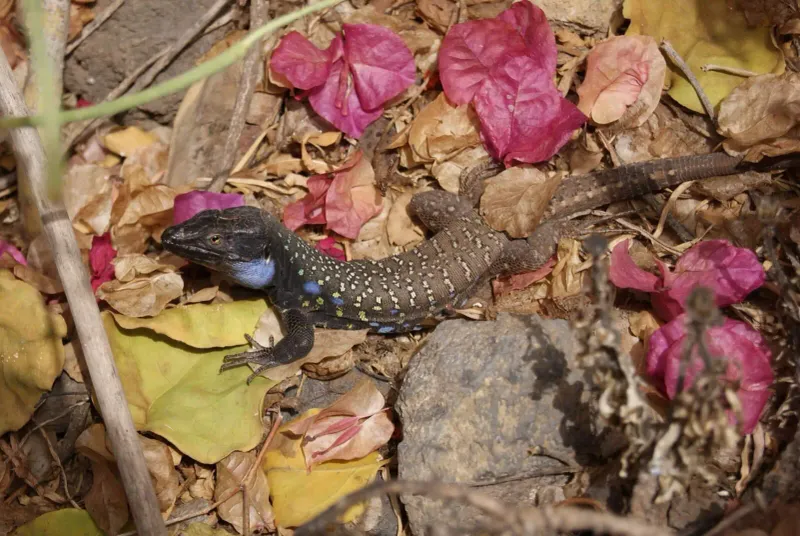
On isolated islands where insect populations are limited, some plants have adapted to use lizards as pollinators. These reptiles visit flowers for nectar treats and sometimes to hunt insects hiding inside.
The Tenerife lizard of the Canary Islands is a prime example. Its head becomes dusted with pollen while lapping nectar from local plant species. Scientists have documented this relationship across multiple island ecosystems where traditional pollinators are scarce.
10. Mosquitoes With A Sweeter Side
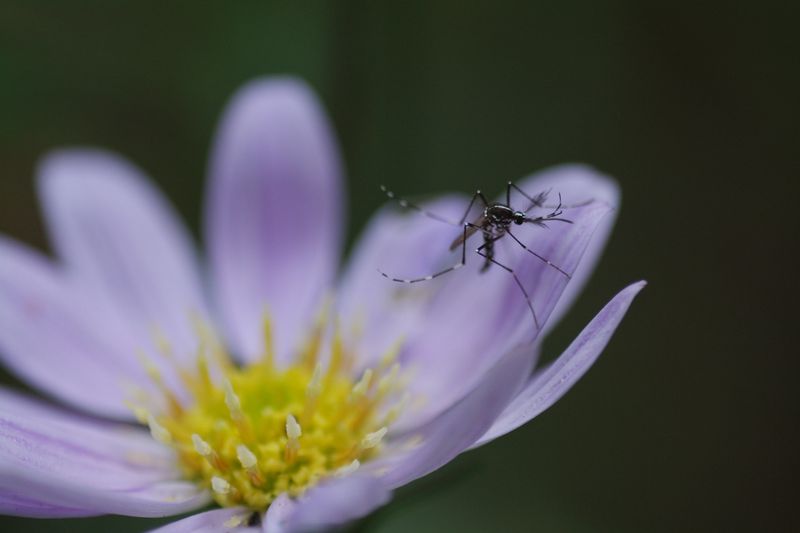
Before you swat that mosquito, consider this: some orchid species depend on them for pollination! Male mosquitoes actually feed on nectar, not blood, and help transfer pollen between certain bog-dwelling flowers.
The blunt-leaved bog orchid releases a sweet scent at dusk that attracts these insects. As they drink nectar, the orchid’s pollen packets attach to the mosquito’s eyes. This specialized relationship shows that even pest insects play important ecological roles.
11. Wasps Tricked By Seductive Orchids
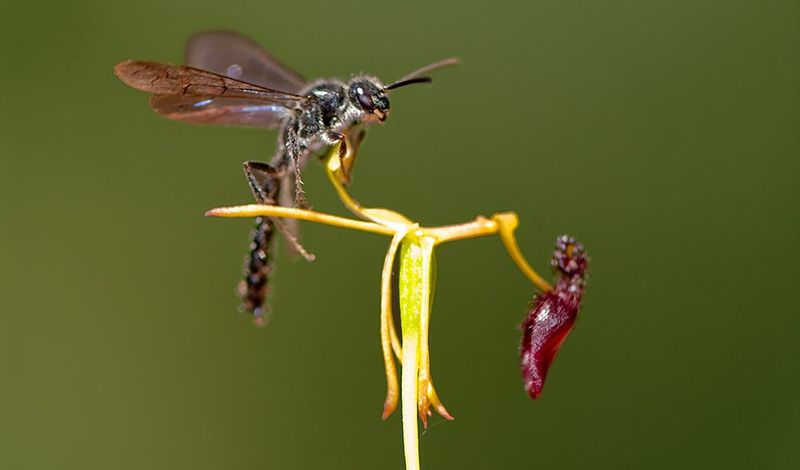
Some orchids have evolved to mimic female wasps in appearance and even produce chemicals that smell like wasp pheromones. Male wasps attempt to mate with these deceptive flowers, getting pollen stuck to their bodies in the process.
The hammer orchid of Australia has a hinged lip that physically flips the amorous male wasp against the pollen. When he visits another flower, the pollen is transferred, completing the orchid’s clever reproductive strategy.
12. Ants With Surprising Flower Relationships
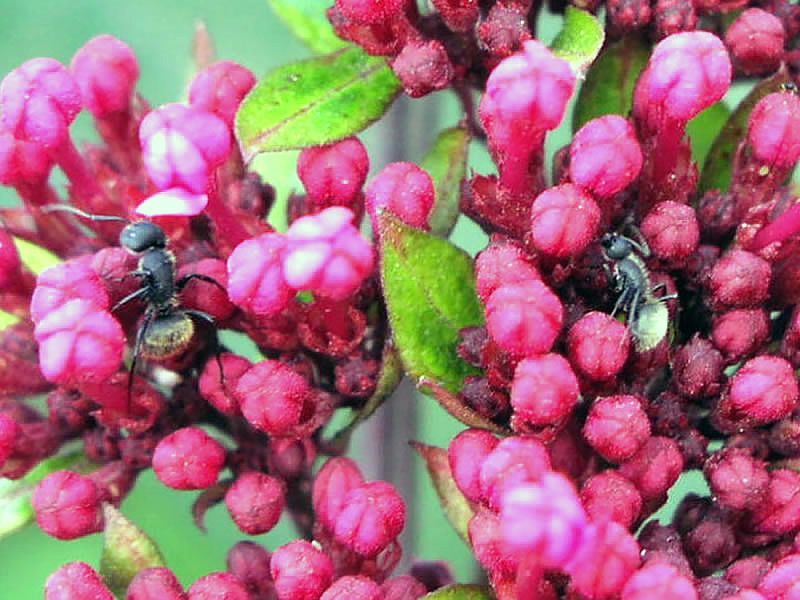
Long considered poor pollinators due to antimicrobial secretions that can damage pollen, some ants actually form specialized relationships with certain plants. Desert and alpine environments with few flying insects sometimes rely on ants for pollination.
The small alpine ant navigates harsh mountain conditions to visit low-growing flowers. Their constant movement between blooms helps transfer pollen in environments where other pollinators are scarce, showing nature’s remarkable adaptability.
13. Rodents With Flower-Visiting Habits
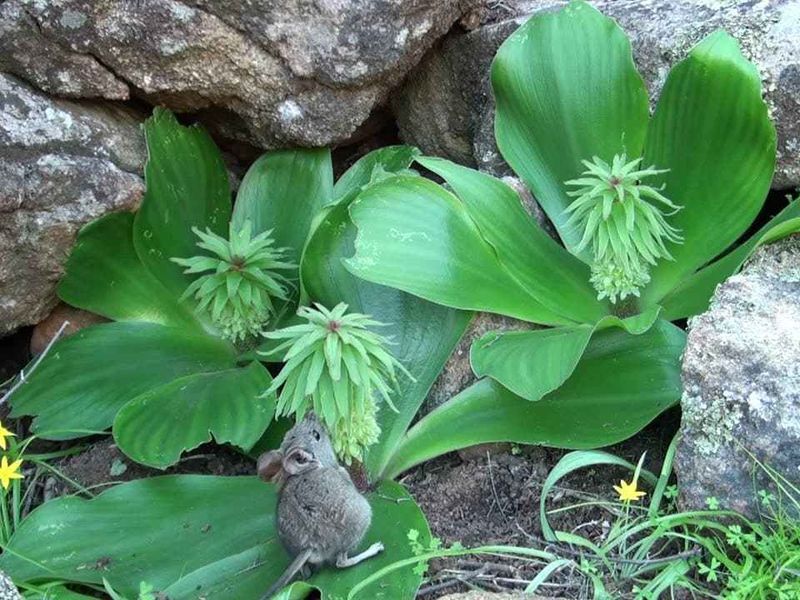
Certain African and South American rodents serve as important pollinators for ground-level or low-growing plants. The Cape rock elephant shrew of South Africa visits Protea flowers for nectar, collecting pollen on its snout and whiskers.
Similarly, spiny mice pollinate evening-blooming desert plants. These nocturnal creatures have co-evolved with specific plant species, developing mutually beneficial relationships. The plants provide reliable food sources while the rodents transfer vital reproductive materials.
14. Birds Beyond Hummingbirds
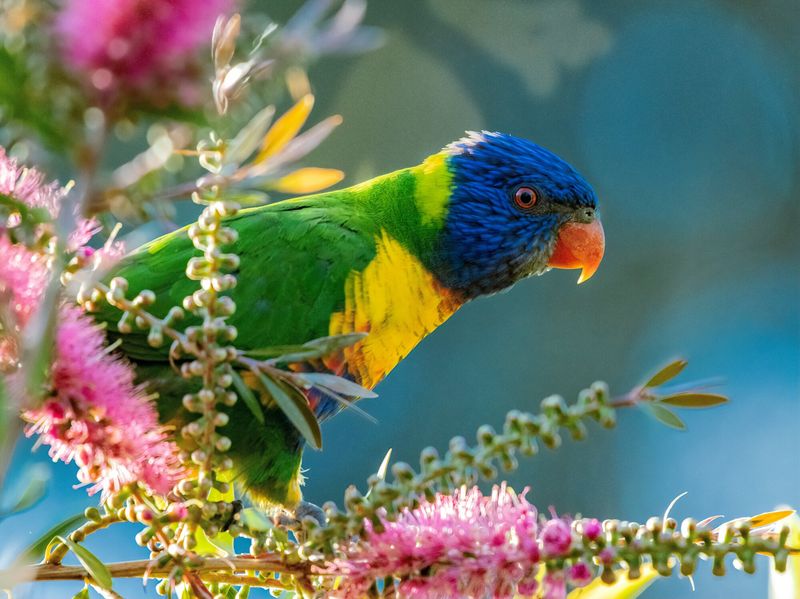
While hummingbirds are famous pollinators, many unexpected bird species help plants reproduce. Sunbirds, honeyeaters, and even parrots transfer pollen between flowers while seeking nectar or fruit.
The brush-tongued lorikeet has specialized bristles on its tongue for collecting nectar and pollen. As these colorful parrots feed, their foreheads become dusted with pollen. In South Africa, mousebirds with their unique perching style help pollinate many native plants.


